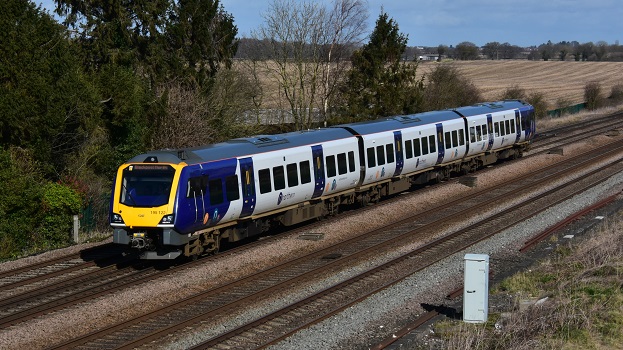Clarification sought about learning to drive a route when rails are slippery from heavy leaf fall.

Northern train in autumn scenery
Reporter's concern
A reporter asked about the process for train drivers to consolidate knowledge of a route they’ve learned. The reporter believed drivers make three return trips over the route in the month after learning it, to grow confidence. They asked what happens if the driver does not consolidate their knowledge in that time.
They also asked about learning routes where heavy leaf fall causes low adhesion (slippery rails). A driver learning a route in leaf fall does not learn standard shut off and braking points, they said. Those processes change to account for leaf fall, to prevent incidents such as a station overrun. The reporter is concerned that drivers may feel extra stress if learning in adverse conditions.
They asked Northern to:
- clarify the process after learning routes
- clarify what happens if a driver is on sick leave during the consolidation period
- consider if route learning in leaf fall is best practice.
Northern's concern
When a newly qualified or inexperienced driver – PQA (post-qualification assessment) year one or two – has finished learning a route, to consolidate it they must, within a month, drive over that route a minimum of 20% of the total route-learning norm (the minimum number of trips a driver must go over a route as part of the learning process). For example, four trips for a route with a norm of 20 trips.
This must be recorded in form Appendix C of the route learning process. Where this is not possible due to annual leave or sickness, an alternative plan should be made. It must be documented and available for audit. There is no consolidation process for experienced drivers. When drivers are briefed on a new route (at any time of year), the briefing includes known and potential locations of low adhesion, including where it occurs outside of the autumn season. Drivers learn where to shut off power and brake under both good and poor (low adhesion) railhead conditions. There are extra measures for inexperienced drivers. PQA drivers entering their first autumn have a face-to-face brief in September.
This must be documented and signed by the briefer and candidate and retained on file, and includes:
- specific traction type braking instructions
- use of manual and auto sanding equipment
- route-specific information
- any additional briefs issued for autumn.
PQA drivers receive practical assessments in autumn: two in year one and one in year two.
Find out more
Tags
- Train Operating Company
